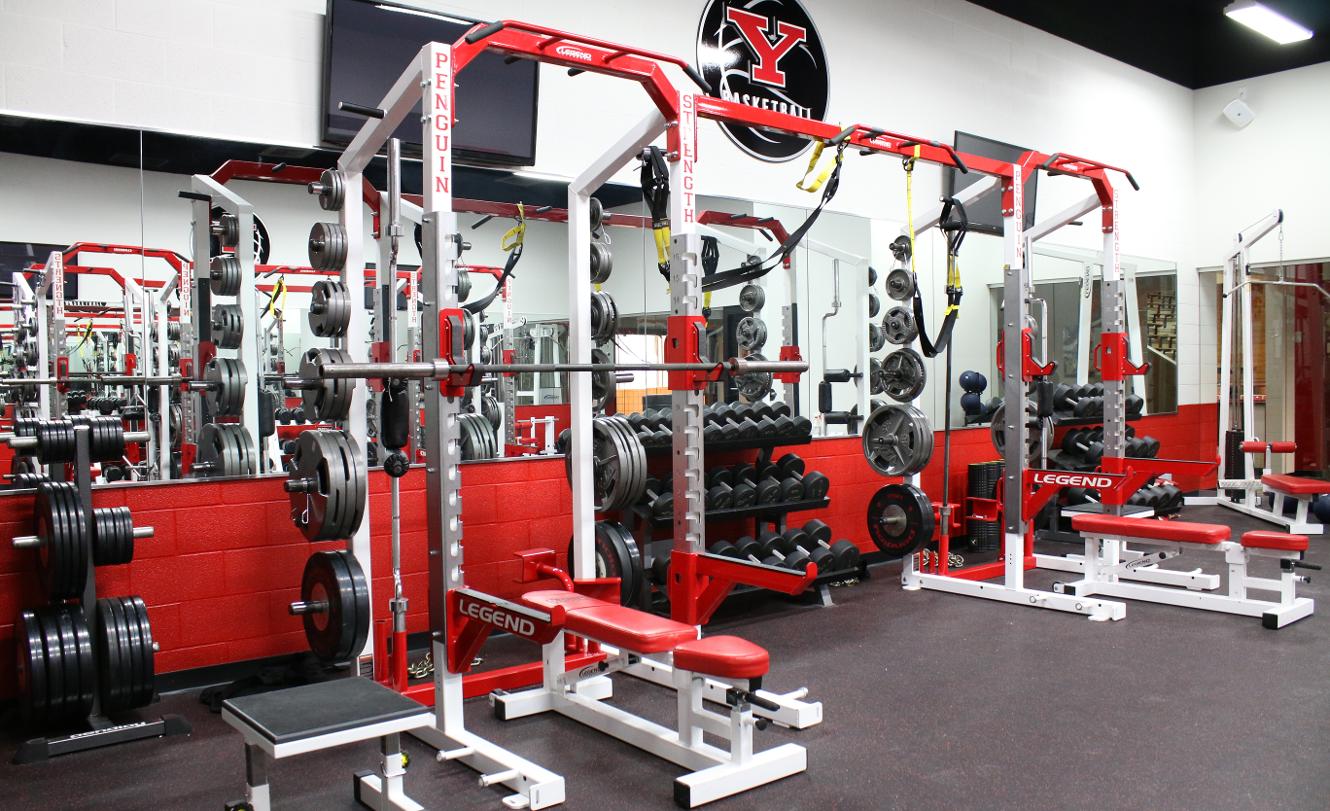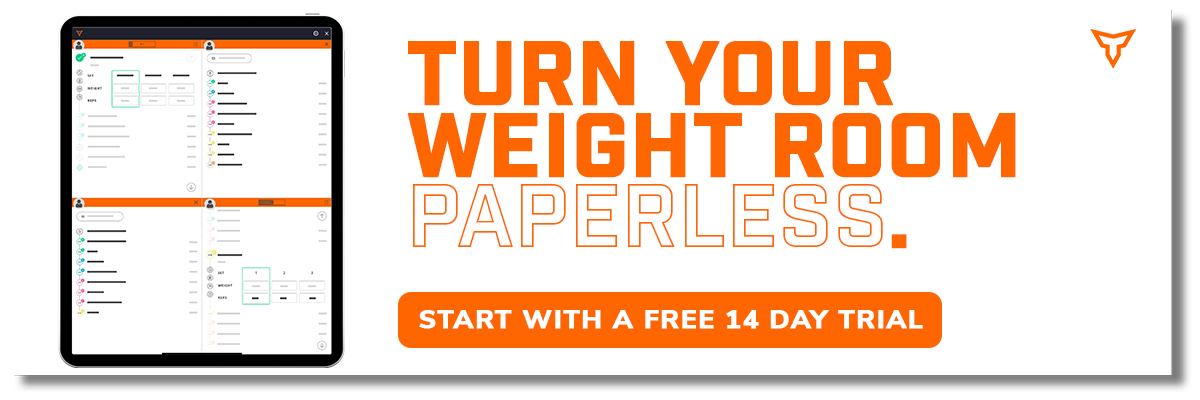Force Plates 101: How We've Implemented Technology to Supplement Programming
Technology has been taking center stage in sports performance, and force plates are one of the measuring devices that have come to prominence in the last few years. Force plates measure the ground reaction forces that are generated as an individual stands or moves across the plate during a battery of tests. Those investing in force analysis are usually coaches seeking higher-level data, a researcher needing to investigate a particular problem, or a team sports scientist wishing to add more key performance indicators to the performance model of a team. Depending on the force plate that you are utilizing each will have certain testing protocols. Some of the following force plates are being utilized at a high level across both collegiate and professional sports:
Force plates provide a great deal of insight for strength and conditioning programs. In our current program, we have been lucky enough for our administration to provide us with 3 force plates. These plates are light and portable, so it allows us ease of use. The Sparta Force plates will use three primary tests to allow us to gain knowledge about the movement and stability of our student-athletes. This article is not intended to be an advertisement for a particular brand of force plate, but rather an insight into the one that we have been able to use and how we have been able to take the data given and apply it to our training for our student-athletes.
The tests that seem to give us the most data currently are the countermovement jump test (CMJT), the single-leg balance test, and the single-arm stability test. From these tests, we can get a movement signature for each of our athletes. From this data, we can now add individualized exercises to their training.
Let me now talk about what we get from each of these tests more specifically. So, when we talk about the CMJT, we can truly say that this gives us the most usable information with the system that we currently have, this is not to say that there are not other force plates out there that give more or better information, but this is where we get our best data.
From these metrics, we can break a majority of our players into three distinct groups when it comes to our extra needs work. Those are:
- Quad Dominant
- Hamstring dominant
- Core stability and strength
Quad dominant athletes will tend to rely on short quick movements during their jump test. They also tend to hinge instead of flex during the test and will tend to have low ankle mobility. As a result, their supplemental work will tend to focus on balance and posterior chain work to allow them to balance out the way in which they move. These athletes will tend to have more anterior knee pain or hip flexor strains. Some exercises that we can utilize to help these athletes are:
- RDL
- Hip Thrust
- Glute Ham Raises
Hamstring Dominant athletes will tend to utilize slower timing mechanics on the jump test and will tend to not be as good at single-leg movements as their counterparts. They will also tend to bend at the waist when jumping. We have found many of these athletes have or had a history of hamstring injuries. These athletes will also need to focus on single-leg movements and quad-dominant variations.
- Single leg squat
- Cyclist Squats
- FFE Split Squat (Knee Over Toe)
Athletes who require more core stability and strength tend to lack overall body control and awareness and have poor mass to strength ratios. Proprioceptive and stability exercises are the key for these athletes as well as an overall increase in strength. Some exercises that will be needed for these individuals will include:
- Deadlifts
- Anti-Rotational Training
- Reverse Hypers
The other two tests that we perform, the single-leg balance test and single-arm stability test, allow us to see if there are disparities between either limb. These data points are also great tools for us to use in our return to play protocol.
The single-leg balance test can be a great test when an athlete is coming back from any type of lower-body injury, especially surgical. It gives us a basis for comparison at any given point in the rehab as to where the student-athlete was pre-injury. It can also show us how we are progressing during the rehab process, if we are getting close to baseline then we know we are doing some right and can progress further.
The single-leg test has also been invaluable for our RTP Protocol from concussions. Again, we have a number that can let us know if they are back to a certain percentage of baseline so that we feel good about the athlete returning to the field ready to compete.
The final test that we use is the single-arm stability test. We primarily use this test from a return to play aspect with an upper extremity injury. We will use this test just as we do the single-leg balance test, as a means of a baseline test to see any right to left stability imbalances in the upper extremity.
All of this information allows us to invest in our greatest resource which is our student-athletes. If we can use the data that we collect from our force plates to mitigate any type of injury, as well as make our training program a little more specific then I am all for it. It may not be every coach's cup of tea, but I truly feel that this is going to help our program in the long run. Our staff and I are looking forward to learning more and trying to take our program to the next level.
Subscribe to our blog
Subscribe to receive the latest blog posts to your inbox every week.
Related posts

Phase 1 Wearables Integration: Enhancing TeamBuildr

Connecting the Training Room With the Weight Room


